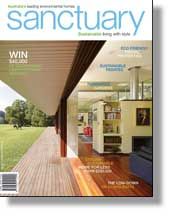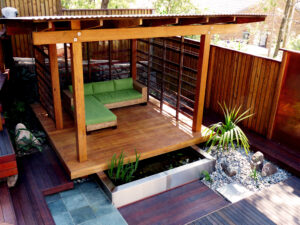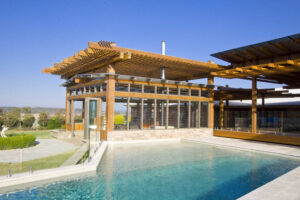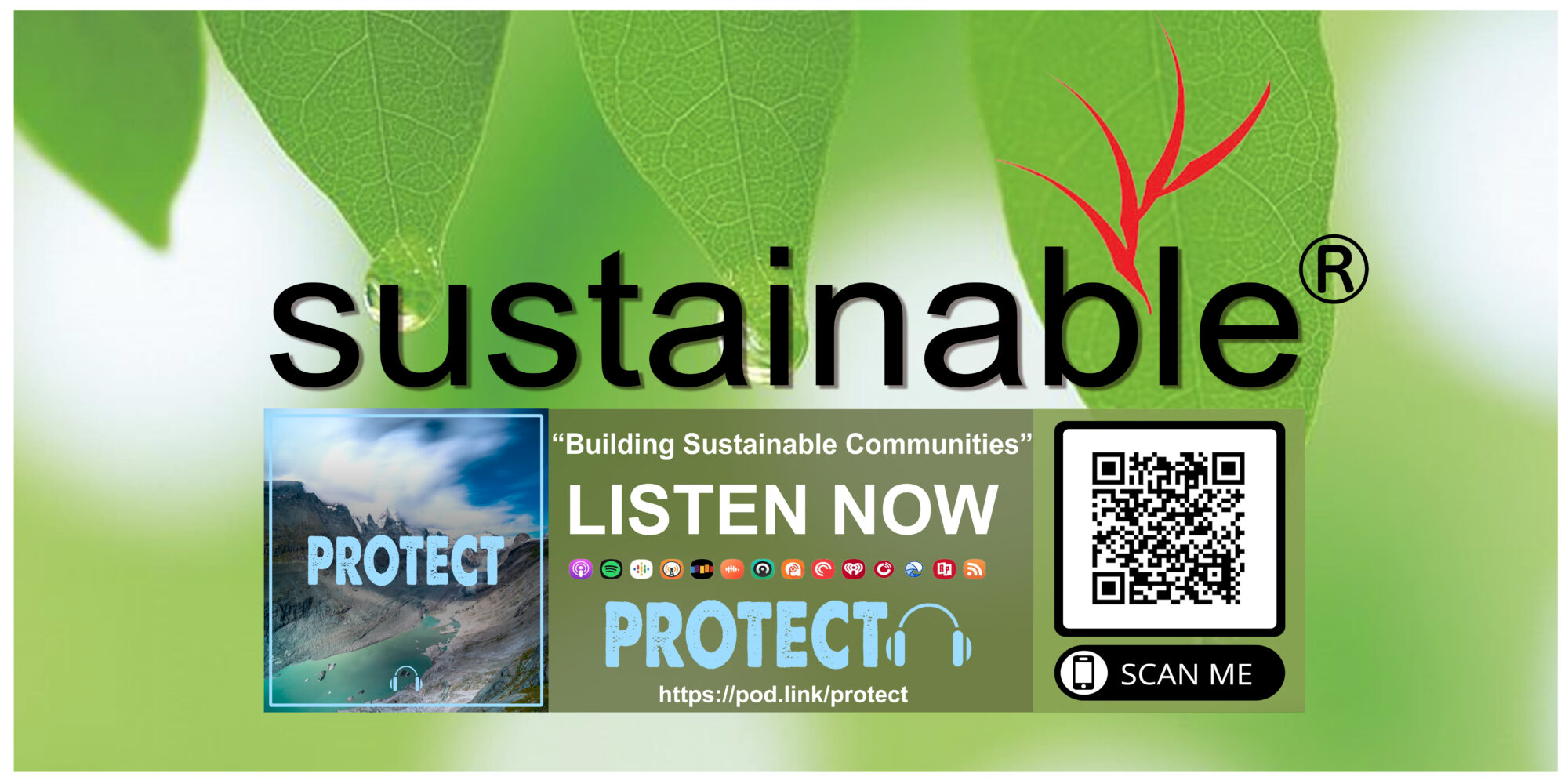
Doing your block
Jane Canaway
Finally the builders have left, the painting’s done and even the carpets and furniture are in. But as the sun sets on your first day of new home-ownership, there’s an increasingly worrisome blot on your landscape – a so-called ‘garden’ full of nothing but clay and rocks.
Many new home owners find they are not only starting from scratch with no plants – some have been left with no topsoil, either.
“Most new developments have the topsoil scraped off before building starts,” explains Diane Cotter, who teaches sustainable design gardening.
“Most soils you buy now are scraped off a development somewhere then mixed with about 50% sand and have mushroom compost added. There is no glue or substance to it; nothing to hold it together.”
Ironically, the first thing a lot of new owners do is buy in topsoil, but while it may be easier to dig, few professional gardeners consider it better for plants.
“One site I worked on was a sloping block so they’d imported some topsoil to try and even it out,” Cotter recalls. “On the top end – the natural clay – everything grew really well, but on the lower side, which was filled with topsoil, if you felt the soil, it just ran through your fingers and everything struggled.”
Gardeners interested in growing native plants may find a scraped block is actually a bonus; dormant weed seed is removed – as is residual superphosphate, which favours weeds over wildflowers and is common on former farmland.
University of Melbourne researcher Paul Gibson-Roy has tried direct seeding native grassland species at a number of experimental plots across Victoria’s volcanic plains and achieved the best results on sites that had 5-15cm of topsoil removed first.
But for anyone wanting to grow exotics, lawn or vegetables, a rich, friable soil is best.
Cotter advises: “If you’re going to use topsoil then get one load first and mix it in, then a second load and mix it – otherwise you end up with layers that plants struggle with.
“It takes about 100 years to make an inch (2.5cm) of topsoil the natural way, and some of the stuff you buy is put together in one afternoon.”
In their defence, suppliers say quality topsoil can improve clays and sandy soils by adding organic matter. A spokesman from The Green Centre in Keilor, Victoria, said the company sells three qualities of topsoil: an economy version, comprising screened topsoil; a lawn mix with 25% compost added, and a premium blend that contains compost and cow manure. The centre also provides a recycling service by composting locally collected organic garden material.
But Sustainable Gardening Australia advocates against disturbing topsoil where possible, because it releases stored carbon back into the atmosphere, involves unnecessary transportation, can spread weeds, and disturbs the original composition of the soil.
Award-winning Melbourne landscaper Phil Johnson agrees: “You will never get better soil than what you get originally on your site.”
Johnson likes to work with the builder to make sure any soil that needs to be dug out or scraped off to put in footings is saved for later use.
“My goal is for nothing to leave the site,” he said.
Discussing a project on a very steep site, which he describes as “one of the most challenging sites for us”, he brought in extra topsoil to help even out some terracing, but the soil was from a neighbouring site and he essentially worked with the steep slope, rather than fighting it. [see attached pictures 6279 and 6245]
“Stormwater feeds into the top pond, which cascades down to the bottom billabong, and both are planted with indigenous aquatic species that help purify the water, create habitat and brings good indigenous seed to the area.
“Having water used in the landscape also creates habitat and has a cooling effect, as well as the aesthetics.”
His personal rule is to try and source all materials – rocks, mulches, decking and plant material – from within an 100km radius.
“Ideally, it’s best to consult with a landscape designer from day one to zone off and protect key trees. Also I like to design landscapes around the building so you are getting a functioning, sustainable design, and a seamless connection between the landscape and the building.”
Queensland-based company Sustainable Buildings has gone one step further to combine building and landscaping in one package.
Its landscaping manager, Tobias Volbert, believes that a holistic approach to the site – instead of planning a building first then garden as an afterthought – ensures a connectivity between the two.
“It avoids fragmentation,” he said. “It also means we can do any earthmoving in one go while the machinery is on site.
“We can better consider how the wind moves through the site and put in place an integrated water management plan by, say, using the water coming down the driveway to water the garden or putting water tanks under the building.”
With a master’s degree in Landscape Architecture from Hanover University, Germany, Volbert was intrigued by how some Australians view stormwater.
“Many people want to get it off site as soon as possible, then you see them coming out later with their hoses; we try to slow down the water flow to keep the water on the property for as long as possible because that makes so much more sense in drought environment.”
Dislike of the one-size-fits-all approach to building is a sentiment Volbert shares with garden designer Wendy Clarke.
“On a small slope they’ll just cut and fill without thinking about using the house afterwards,” an exasperated Clarke said. “The number of times I come across a house with a steep drive that’s impossible to get a pram up and cars are bottoming out.
“A slope is lovely to work with – it doesn’t have to be battled and contained.”
Clarke also advises builders and renovators to consider outdoor areas when planning doorways.
“You can end up with an area you don’t engage with because it’s not visible from the house, or an area of house you can look out on but can’t access.
“If you have a house that fits in with the block, you feel like your house is connected to the site rather than just stuck on it.”
STARTING FROM THE TOP
Even where the topsoil has been left, heavy machinery may have compacted it and any leftover cement, lime or mortar will have increased its alkalinity, so some soil first aid may be needed.
Test your soil first. Not only will you know what you are working with in the future but, by testing a patch near the house and another in an undisturbed area, you can gauge whether you need to correct its pH, too.
Acidity can be increased by adding compost or, for more instant or localized results, by adding iron chelates.
Garden lime can be used to increase alkalinity.
Thick clays can be made more friable by digging and watering in gypsum, which does not affect the pH.
After that, getting air and organic matter into the soil are the key goals. The easiest way is to dig in green mulch or compost.
Organic matter in the soil will:
- Bind soil particles together, creating stability
- Help the soil absorb plant nutrients such as calcium, magnesium and sodium
- Significantly increase the soil’s water-holding capacity, especially in sandy soils.
- Can increase the drainage of clay soils.
“It can be hard work and it takes time,” SGA-accredited designer Wendy Clarke says. “You have to keep digging in compost and mulch and waiting for the worms to come. Then you know you’ve got it right.”
Give Sustainable a call NOW on (07) 3201 1177 to talk to your highly awarded experts in sustainable home design and construction and start planning your new sustainable home today!





